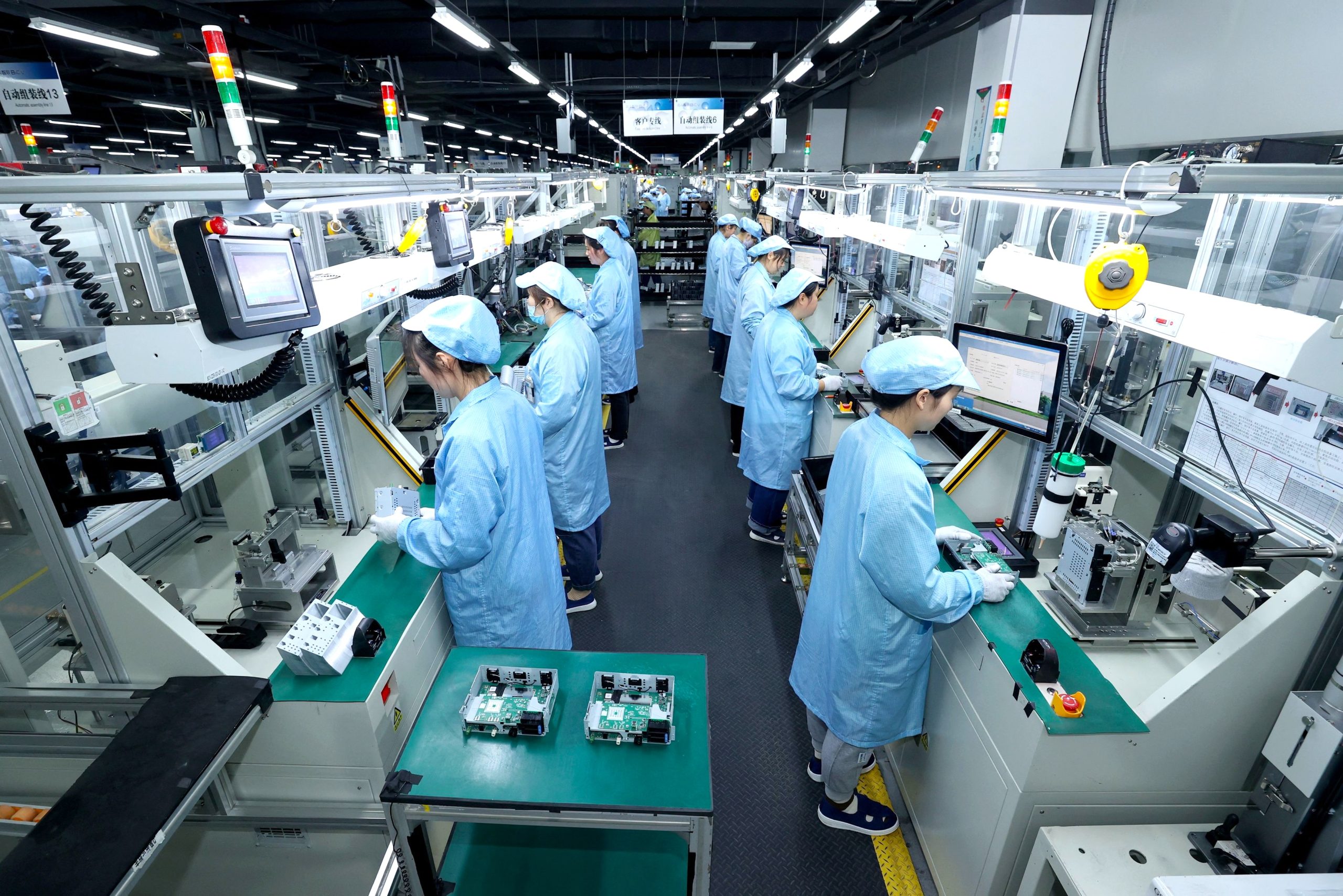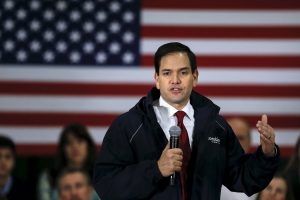China has imposed an 84% tariff on U.S. imports, escalating an already volatile trade conflict with the United States. The new tariff, effective Thursday, April 10, comes in response to U.S. President Donald Trump’s April 2 announcement of a 104% reciprocal duty on Chinese goods entering the U.S..
The newly announced Chinese tariff comes over and above the existing 34% levy on American products.
In a statement issued Thursday, China’s Ministry of Commerce said it had also added 12 U.S. entities to its export control list and six to the “unreliable entity” list. “If the U.S. insists on further escalating its economic and trade restrictions, China has the firm will and abundant means to take necessary countermeasures and fight to the end,” the ministry warned.
Tensions escalated further on Wednesday after President Trump urged U.S. companies to relocate their operations back to the United States. White House Press Secretary Karoline Leavitt described Trump’s strategy as a “custom, tailor-made” approach to trade that could involve negotiations on military presence or foreign aid, depending on U.S. strategic interests.
“Negotiations will be based on America’s needs,” Leavitt said.
In a related move, China announced plans to restrict exports of medium and heavy rare earth elements – critical materials used in advanced technologies like semiconductors and electric vehicle batteries.
On Wednesday, the EU also voted to impose tariffs on select U.S. imports beginning April 15.
Financial markets reacted sharply to the news with global stocks experiencing significant volatility.
Meanwhile, China’s Ministry of Culture and Tourism issued a risk alert for Chinese tourists planning to travel to the U.S., citing the “deterioration of China-U.S. economic and trade relations” and concerns over the “domestic security situation” in the United States.



